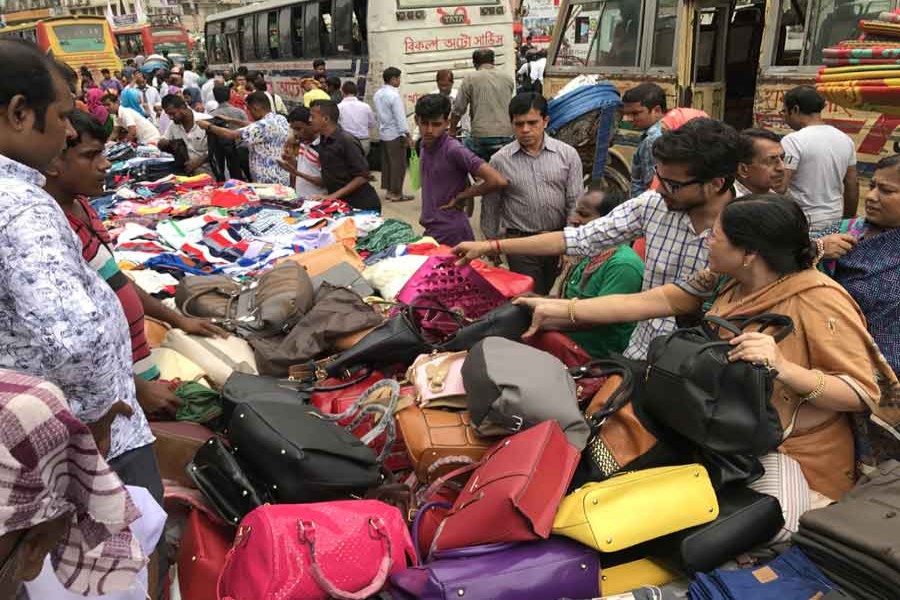It's good to learn that more than half of the world's population has turned into middle class or upper class in recent times. The growth of such class is so phenomenal that in every second, five people are joining this rank much to the surprise of the economic analysts.
According to the World Data Lab, a non-profit organisation which conducted the survey, this is for the first time that the people are living in households earning enough to be considered middle income. What is more interesting is that the growth of the middle class is particularly remarkable in Asia.
About half of global economic demand is generated by household consumption, according to an estimate, half of which comes from the middle class. Such a milestone is important because the middle class is considered the engine of modern economies.
The World Data Lab defines middle class as someone earning between $11 and $110 per day, on a 2011 purchasing power parity basis, a benchmark used by many organisations and governments, including India and Mexico. It concluded earlier this month that 3.59 billion people make up the global middle class, and forecast that the group would grow to 5.3bn by 2030.
Almost 90 per cent of the new middle class is expected to be found in Asia, while Africa is likely to experience little growth, on a relative scale, because in several big African countries, populations will grow faster than their economies' ability to lift them out of poverty.
As for Bangladesh, over two million people of the country are joining the rank of middle and affluent class (MAC) every year. Boston Consulting Group (BCG), a global management consulting firm, projected that the number of MAC will triple to about 34 million from the existing 12 million by the year 2025.
Another study conducted by the Bangladesh Institute of Development Studies (BIDS) says one-fourth of the total population will belong to the middle-class income category by 2025, due to greater access to education, finance and IT services, and private sector employment. At present, 20 per cent of the population belong to the middle-income category.
Access to post-secondary education, especially English education, high salaried jobs in the private sector, digital divide, access to financial saving and credit instruments, access to international migration and land or flat ownership distinguish the middle class from the poor.
The socio-economic changes that broadly explain the emergence of the middle class are increasing incomes, urbanisation, white-collar jobs, fuelling demand for consumer products and services. Government policies and the nature and level of spending have also otherwise influenced the pace of the growth of the middle class.
However, increasing expenditure due to increasing costs of house rent, cost of education, medical expense and transport charges are making it harder for them to make ends meet. A large section of them are showing signs of being incapable of dealing with the continued price hike of essential commodities.
According to a World Bank assessment, one fifth of Bangladesh's population is in middle-income group which is growing. The assessment notes that the growing consumption by the group helped the country achieve over 7.0 per cent plus growth in recent years.
Expansion in services, especially the retail, financial and public administration sectors, is responsible for the growth of middle class in the country. The sectors grew between 8.0 per cent and 13 per cent, leading to the creation of more jobs for the middle class.
Middle class is a good component for inclusive growth. Nations with higher middle-class density are able to reduce poverty faster than those with lower density. The growth of middle class has been driven by human capital accumulation and property price appreciation.
If the present trend continues, the middle-class in Bangladesh is expected to become one-third, or 33 per cent, of the national population by 2030. It will then be the driving force behind the country's economic development. Strengthening these people will help achieve the country's sustainable development goals.


